 Helpter Berge, Helpt, Germany. Grandmother with grandchildren hiking in a forest. Photo credit: Juliane Liebermann
Helpter Berge, Helpt, Germany. Grandmother with grandchildren hiking in a forest. Photo credit: Juliane Liebermann
UN Convention on Biological Diversity: Pandemic offers unique opportunity to restrict freedom of movement
The notion of zones that people are not allowed to enter, was introduced by the EU. The proposed measures are part of binding international conventions, which the EU have signed. The latest is a "leadership event" held in September this year, overshadowed by the UN summit on biodiversity, in which heads of state and government from 64 countries and the EU promised to "take urgent action" to "achieve a sustainable development" before 2030.
Published: December 14, 2020, 8:39 am
The “revolutionary changes” that our global overlords want to push through are very far-reaching and will affect our everyday lives in a drastic way. These measures are now being enacted at an alarming pace.
The European Commission, the EU’s “government”, has proposed that 30 percent of the Union’s land and sea be classified as protected natural areas, with a third – 10 percent of designated areas – falling under “strict protection”.
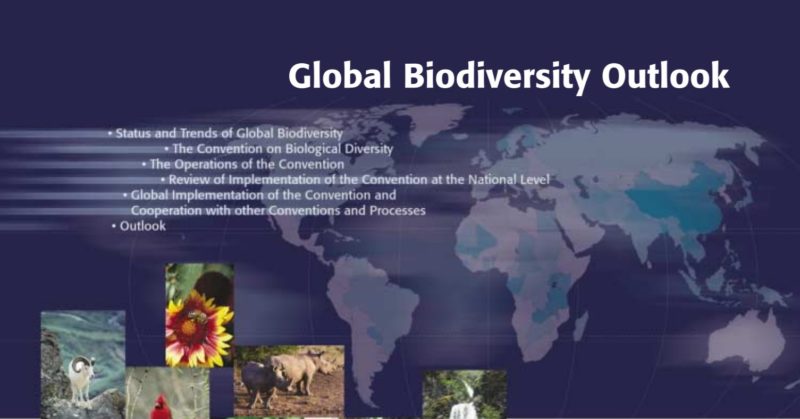
The Global Biodiversity Outlook is published by the UN Convention on Biological Diversity (CBD). The report calls for a shift away from “business as usual” across a range of human activities. It outlines eight transitions noting the “urgency” with which governments will need to “scale up national ambitions in support of the new Global Biodiversity Framework and ensure that all necessary resources are mobilized and the enabling environment strengthened”. It emphasizes that countries need to bring biodiversity into the mainstream of decision making and factored into policies “across all economic sectors”.
To find out what this means exactly, one has to look into the “technical appendices”. These detail how such areas would become forbidden to enter. Hunting will be banned, as will all tourism that is not “strictly regulated”. And the EU has stressed the urgency for member states to respond to the proposal before the end of the year.
Similar laws are now being prepared which would impact several areas. Swedish weekly Nya Tider has published an exposé on this vision of society which plutocrats have dreamed up. Their visions will soon be inked conventions which all UN member signatories have agreed to implement.
Leading event cast in media shadow
On September 30, the UN General Assembly convened for the UN Summit on Biodiversity. The meeting, which also celebrated the UN’s 75th anniversary, took place via video link. The UN summed up the meeting by writing, among other things, that the Covid-19 pandemic’s restrictions have created a golden opportunity for “revolutionary change”:
The Covid-19 pandemic has further emphasized the importance of the relationship between humans and nature. We are reminded that when we destroy and degrade biodiversity, we undermine the networks of life and increase the risk of disease spreading from wild animals to humans. The response to the pandemic [restrictions and shutdowns] provides a unique opportunity for the global community to revolutionize. An investment in the health of our planet is an investment in our own future.
The UN Decade of Biodiversity (2011-2020) will move to the UN Decade of Action (2021-2030) on 1 January 2021. It gives a clear indication that these are no longer just empty slogans for a distant future, as many thought when international organizations and politicians had previously discussed it.
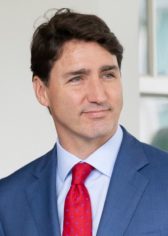
Canadian Prime Minister Justin Trudeau. His principal secretary Gerald Butts left the WWF Canada to become the political advisor to Trudeau. Butts had been the president and CEO of the World Wildlife Fund Canada. He is one of the few people with whom Trudeau consulted regularly. Butts also assisted on the vast majority of policies on which Trudeau campaigned. He was appointed Principal Secretary to the Prime Minister on November 4, 2015. On February 18, 2019, Butts stepped down due to allegations of political interference with the justice system (in the SNC-Lavalin affair). But in July 2019, Trudeau rehired Butts to play a key role in the Liberal 2019 election campaign.
However, a much more important meeting in reality, which was held two days earlier, did not receive as much attention as the UN meeting. It was an international “leadership event” on September 28 where world leaders pledged to follow previously signed conventions. The real meaning of “revolutionary change” sharply came into focus at this event.
Mainstream media has all but ignored the event and its significance has therefore escaped the general public, even though it will probably mean very far-reaching changes in the everyday lives of people.
During the meeting, which was called the Leaders Event for Nature and People, the world leaders, including the Swedish Prime Minister Stefan Löfven, promised to “Overturn the loss of biodiversity by the year 2030”. The World Wildlife Fund (WWF) noted on its website:
Heads of state and government from 64 countries, spanning five continents, and the President of the European Commission of the European Union, have today committed themselves to reversing the loss of nature before the end of the decade. Countries that support the pledge represent more than 1,3 billion people and more than a quarter of global gross domestic product.
Planetary emergency
WWF furthermore noted the promise of leaders regarding nature:
United by the will to reverse the loss of biodiversity by 2030 and the previously set Sustainable Development Goals [Agenda 2030], world leaders promise to take urgent action over the next ten years as part of the UN Decade of Action [2021-2030] to achieve sustainable development. It comes days before the UN summit on biodiversity and sends a strong, united signal that the world must increase its ambition to stop and reverse natural losses for the benefit of humans and nature, and to tackle climate change.
Some non-state actors also participated. One of these was the Global Environment Facility (GEF), which was founded after the Rio Conference in 1992 to “help address our planet’s most pressing environmental problems”. Carlos Manuel Rodriguez is the CEO and chairman of GEF, which describes itself as an “independent operational financial organization” and before 1992 was called the World Conservation Bank. It was set up in 1987 at the 4th World Wilderness Congress, which was started by none other than the late Baron Edmond de Rothschild.
GEF chief Rodriguez praised world leaders and announced: “We can no longer accept the devastating forest fires, extreme weather, species losses and disease outbreaks affecting our planet. We must now take the necessary measures to secure a sustainable future with resilience and protection of nature at the center.”
One of the treaties serving as the foundation for “protection of nature at the center” is the Convention on Biological Diversity (CBD), which was adopted as early as 1992.
The Convention has three main objectives, as described by Wikipedia:
Conservation of biodiversity, sustainable use of its components, and a fair distribution of benefits derived from genetic resources. The aim is to develop national strategies for the conservation and sustainable use of biodiversity, and it is considered the key document for sustainable development. It is thus a key document for “sustainable development”, which in turn is a key term in, for example, Agenda 2030, which the world leaders pledged to follow in 2015.
Rio Conference 1992
The Convention on Biological Diversity was signed by 153 states and the then EC (the forerunner of the EU) at the Rio Conference or Earth Summit, as it is sometimes called. It was a UN summit on the environment and sustainable development, held in Rio de Janeiro in 1992. The treaty has been binding on the signatories since its entry into force on 29 December 1993.
The treaty is only 28 pages long [including blank cover pages] and is very reminiscent of the 17 “global goals for sustainable development” in Agenda 2030, insofar as it is generally held with ostensibly respectable goals.
An example of this is Article 8a: “Establish a system of protected areas or zones where special measures must be taken to preserve biodiversity.”
This vague vision of protecting natural areas has been described by both supporters, who want to see action taken, and critics who worry about these, as “non-descript” and “vague”.
This is because, as with so many other similar conventions and Agenda 2030, it is the underlying governing documents that offer more detail about what all the countries have in practice committed themselves to.
In addition, the governing documents are often only issued after signatures have been secured, which means that the signatories cannot read them even if they would like to. At various follow-up meetings, many more documents are gradually added, and thus also often become binding.
Unknown control document reveals hidden agenda
The follow-up meetings to the Convention on Biological Diversity are called “Conferences of the Parties” (COP). The first (COP1) was held in 1994 in Nassau, Bahamas, and the last (COP14) was held in Sharm El-Sheikh, Egypt. Thus, on 14 occasions since the adoption of the Convention in 1992, countless documents have been added culminating in thousands of pages. COP15 will be held on May 17-30, 2021 in Kunming, China.
Already at COP1 in Nassau, a decision was made that a policy document was needed and that it would be drawn up by the UN Environment Program UNEP. The following year, 1995, this was adopted by the Convention on Biological Diversity. It is a 1 125-page document entitled Global Biodiversity Assessment.
This document, which is as extensive in the amount of text as it is far-reaching in proposed changes to our countries and way of life, is almost completely unknown to the general public.
The governing document from 1995 explains in practice how the articles in the 28 pages of the Convention’s basic documents are to be interpreted and implemented. It defines, inter alia, what is actually meant by “protected area systems”, which are mentioned in Article 8 of the basic document under the heading “Preservation on site” and the call for “each contracting party to establish, as far as possible and if necessary” these requirements.
The last and 13th chapter of the policy document, entitled “Measures for the conservation of biodiversity and the sustainable use of its components”, reveal some remarkable details. On page 993, for example, one can read:
This means that representative areas in all major ecosystems in a region must be reserved, that the blocks should be as large as possible, that buffer zones should be established around core areas and that corridors should connect these areas.
People surrounded by nature reserves
The blocks, which mean demarcated lands, require nations to regulate and block off large parts of their territories from human activity. These blocks are divided into six different categories:
I. Strict nature reserves/wilderness areas, where research may be carried out.
II. National parks, where no raw materials may be extracted and tightly controlled recreation is allowed.
III. National monuments/Natural land, which are smaller areas.
IV. Habitat/Species management area, species-specific areas which may “require special human intervention for its conservation”.
V. Protected landscapes and seascapes, tourism is allowed if “harmonious interaction with man” can be ensured.
VI. Managed resource-protected area, large “predominantly unchanged” areas where extraction of natural resources is allowed.
These core wildlife areas, will in turn have surrounding buffer zones against human impact and activity and be made connected by established corridors so that wild animals can move between the various “blocks”. This inevitably leads to areas of human activity and housing – not least in rural areas, insofar as they fall outside these areas and are even allowed to exist – being divided and in practice enclosed by this “system of protected areas”.
Half of all land areas must be regulated
Page 993 further states that this in turn is taken from another document. In this document, one can read that “the basic approach is central to the recently proposed Wildlands Project in the USA (Noss 1992)”.
The Wildlands Project from 1992, written by Reed Noss, Professor of Conservation Biology and Ecology, is thus in essential parts the basis for the steering document Global Assessment of Biological Diversity, which was added in 1995 after being commissioned at the follow-up meeting (COP1) 1994, as part of the Convention on Biological Diversity, which the EU has undertaken to comply with. The project lists a total of 21 “bioregions” which are subordinated to three overall zones. These are:
Red zone: Wilderness, designated as a habitat for plants and animals. Human residence, use, or intrusion [sic] is prohibited.
Yellow zone: Buffer zones surrounding the wilderness areas. Limited and strictly controlled human activity is permitted within this zone.
Green zone: Cooperation zones, the only zones where people will be allowed to live.
The governing document Global Assessment of Biodiversity states that the Wildlands Project wants to “expand habitats [biosphere reserves] and corridors to cover as much as 30 percent of the American land surface”. Even if this applies to the United States, it is remarkably similar to the figure given by the EU as a share of the Union’s land to be protected – one third.
Canadian Prime Minister Justin Trudeau, has been eager to comply with the requirements: “Today we are facing a global crisis triggered by people who have encroached on nature. Our health and the health of the planet depend on an equal carbon-neutral future where we value and protect our natural spaces.
“We have a collective responsibility to protect 30 percent of the world’s land and sea areas by 2030. And Canada is doing its part. Here at home, we are determined to protect 25 percent of Canada’s land and sea areas by 2025 and at least 30 percent by 2030. For the health of nature and citizens, we must do at least that.”
Exactly how the control documents want to demarcate these zones is not stated directly, but is described in a way which makes it difficult to understand, possibly deliberately so. The scientific journal Science wrote in an article on June 25, 1993 that the goal was that 23,4 percent of the land area should be “wild” (red zones) and not allow any human activity, while 26,6 percent should consist of corridors and buffer zones (yellow zones), where human activity is tightly regulated and restricted. If this is true, it means that half of all territory will no longer allow housing, access or free movement even for the citizens of their own country, as only 50 percent remain for green zones.
If such plans are implemented, millions of Europeans, mainly rural people, will have to be forcibly relocated from their homes.
The Wildlands Project
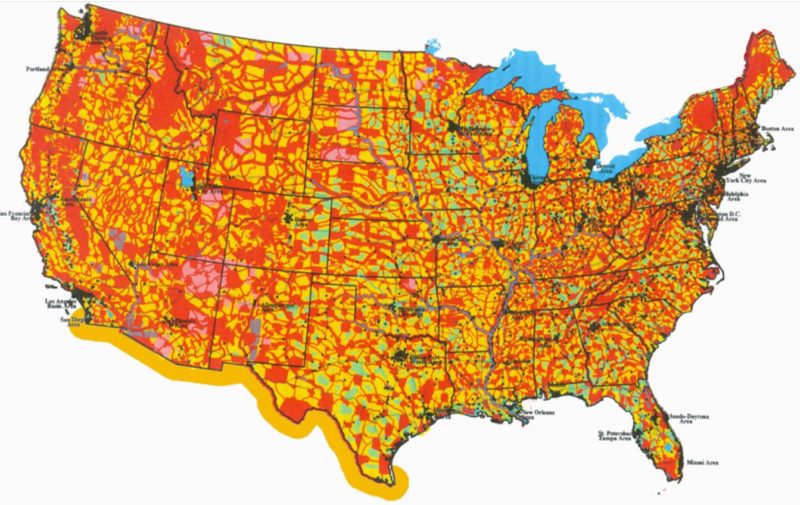
The Wildlands Project was developed in 1992 by Professor Reed Noss, Professor Michael Soule – considered the “father of conservation biology” – and environmental activist David Foreman, who proposed it for the United States. Noss explained that “conservation must be exercised on a very large scale” and red zones in the United States required would occupy 50 percent of the country’s total surface area.
The Wildlands Project divides the US land surface into “conservation zones”:
Black dots : Human settlements in cities and megacities (clusters of cities) where people are to be relocated.
Green zones : Cooperation zones where people are allowed to stay and roads remain open.
Yellow zones : Buffer zones where human activity is tightly regulated, the road network is limited and natural resources are extracted.
Red Zones : Wilderness areas and corridors where all human presence and activity is strictly prohibited, except research. All roads there will be closed permanently, something that some Americans in the countryside reported has already begun to happen this year.
As can be seen, there will not be much space left for people to move freely. Traveling between green zones will also not be possible due to the corridors. Special travel permits has been proposed, corresponding to the “travel passports” that several countries have now introduced during the pandemic.
All rights reserved. You have permission to quote freely from the articles provided that the source (www.freewestmedia.com) is given. Photos may not be used without our consent.
Consider donating to support our work
Help us to produce more articles like this. FreeWestMedia is depending on donations from our readers to keep going. With your help, we expose the mainstream fake news agenda.
Keep your language polite. Readers from many different countries visit and contribute to Free West Media and we must therefore obey the rules in, for example, Germany. Illegal content will be deleted.
If you have been approved to post comments without preview from FWM, you are responsible for violations of any law. This means that FWM may be forced to cooperate with authorities in a possible crime investigation.
If your comments are subject to preview by FWM, please be patient. We continually review comments but depending on the time of day it can take up to several hours before your comment is reviewed.
We reserve the right to delete comments that are offensive, contain slander or foul language, or are irrelevant to the discussion.
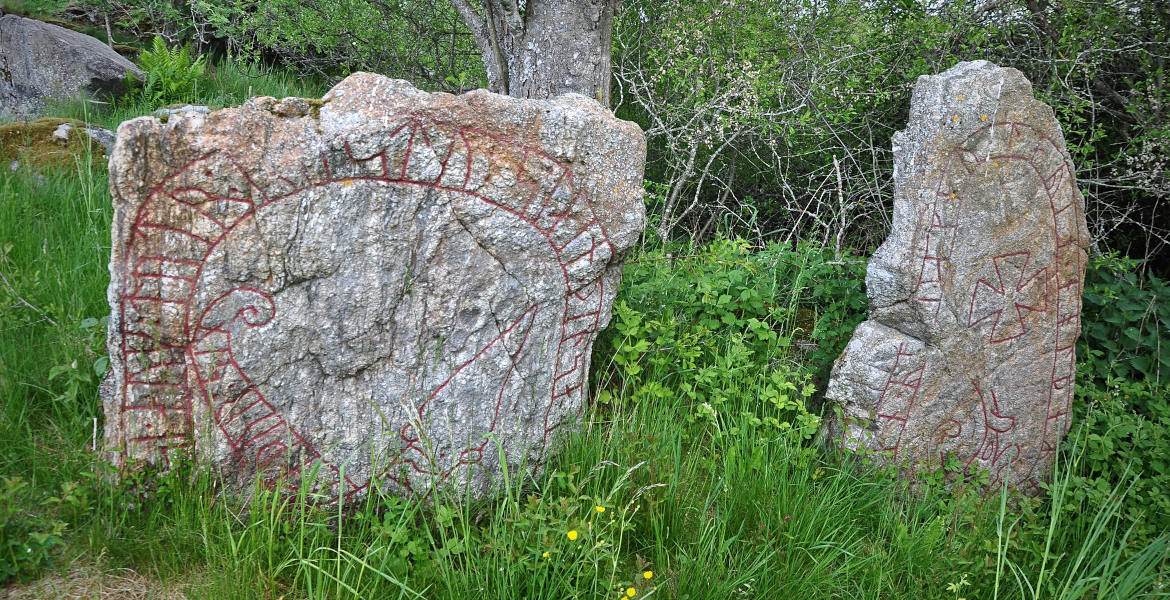
New App Helps Locate Sweden’s Historic Runestones
A new app called Swedish Runestones will help locate historical gems.

Swedish military wants to remilitarize the Åland Islands
The demilitarized autonomy has previously been known as 'the islands of peace.

NOAA Predicts Zero Sunspots for Almost the Whole 2030s
CLIMATEThe United States' government scientific organization, the National Oceanic and Atmospheric Administration (NOAA), predicts zero sunspots from 2031 to 2040. This is an extreme situation that has not occurred in as long as humanity has been counting sunspots, and it leads us into uncharted territory in terms of our solar system. However, this prediction aligns with the warnings of the world-renowned solar researcher Valentina Zharkova for many years, who indicated in 2019 various signs of this catastrophic phenomenon, including the extreme hailstorms we have seen in Europe and the world this summer. The forecast and various observations this year give cause for very significant concern. In this unique analysis, Free West Media explains why.
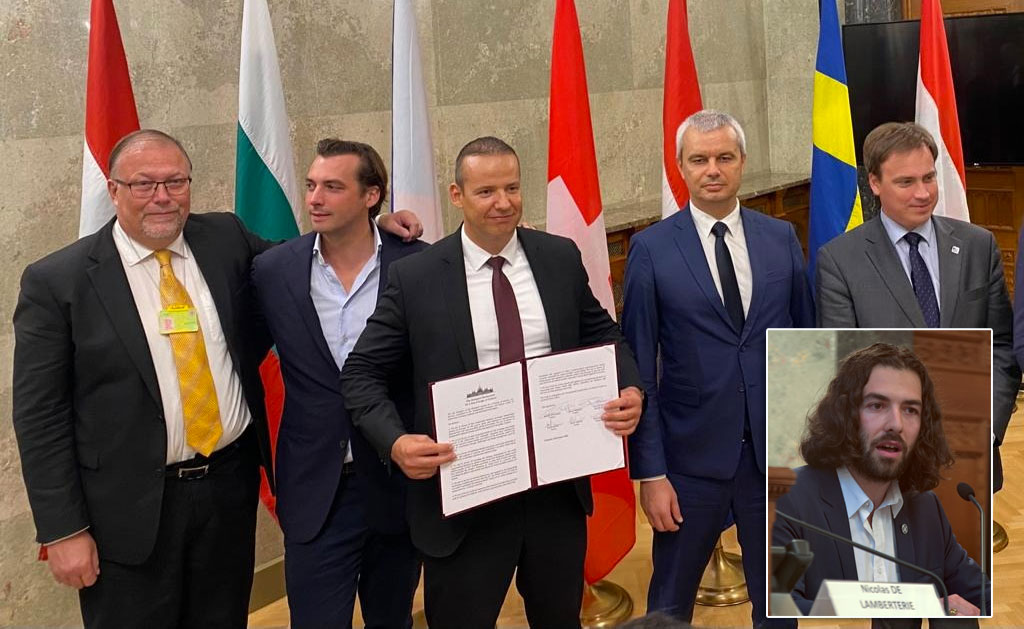
European Nationalist Parties Forge Cooperation Ahead of EU Elections
EUROPEAN ELECTIONSOn Saturday, August 26, representatives of six European nationalist parties gathered in Budapest. The meeting was initiated by the Hungarian party Mi Hazánk and took place in the national parliament. Representatives of the parties signed a joint declaration that not only reaffirms the parties' friendship but also their unity on a range of complex political issues. A surprisingly clear and radical manifesto was established. The hope is that this cooperation will lead to success in the EU elections and eventually result in the formation of a group in the European Parliament. For Swedish nationalism, this meeting marks a success as Sweden, for the first time, has a party represented in a leading nationalist cooperation in Europe. Free West Media was present at this historic event.
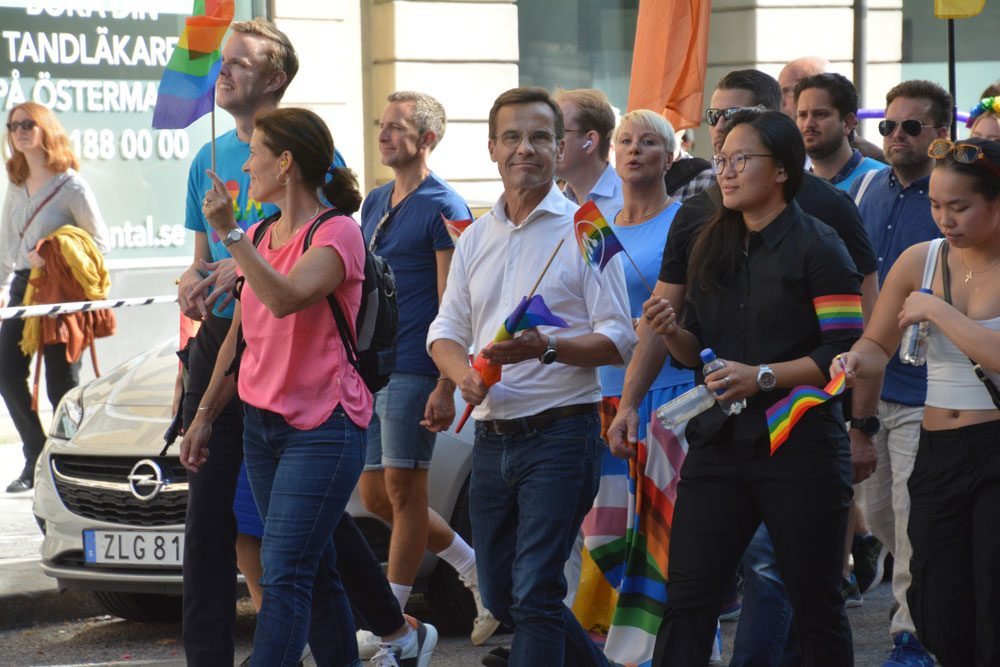
Turkey Believes Sweden Hasn’t Done Enough
Sweden will have to wait a bit longer for NATO membership, according to Turkey's Justice Minister Jilmaz Tunc. First, Sweden must extradite the "terrorists" Turkey wants and stop the desecration of the Quran.
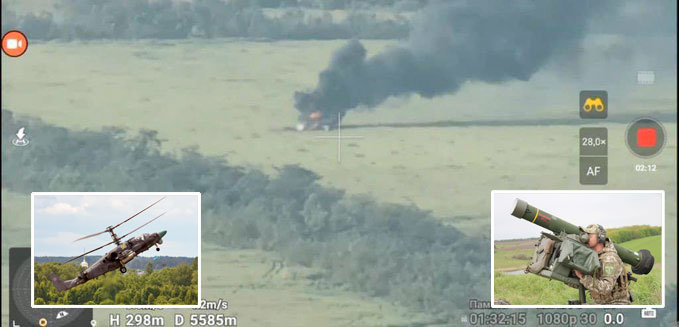
Swedish Weapon Takes Down Russia’s Best Attack Helicopter
The Russian attack helicopter Ka-52 is considered one of the world's best and has struck fear in Ukraine, where it has hunted down tanks and other armored vehicles, often beyond the range of many light anti-aircraft systems. However, it has met its match in the Swedish air defense missile system RBS 70, which has quickly led to significant losses for the Russian helicopter forces.
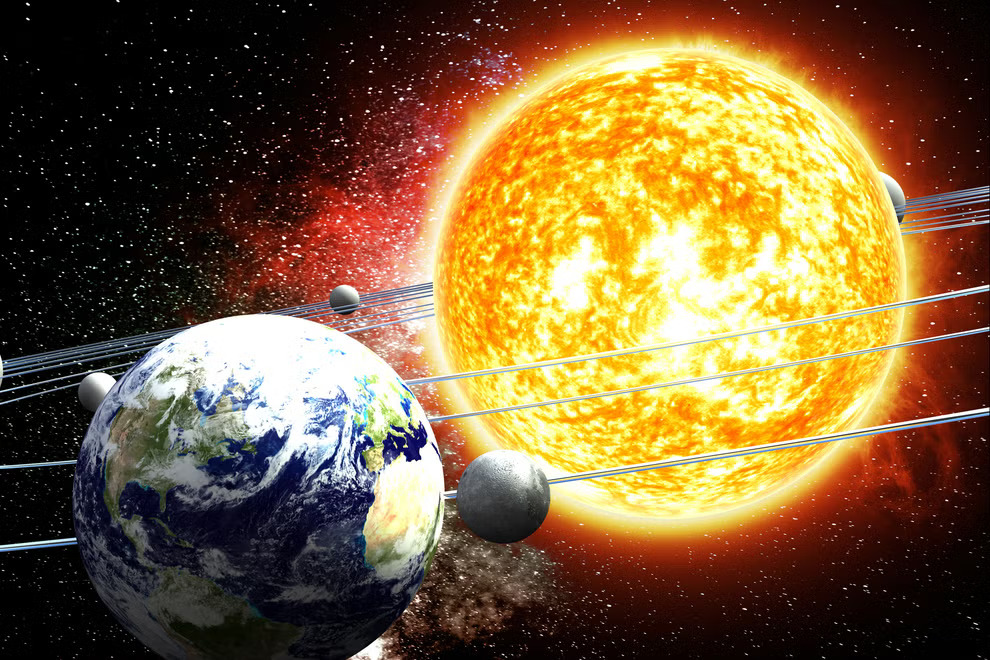
The Sun Drives Earth’s Climate, Not Carbon Dioxide
Top Researchers Push Back Against Climate Lies."The correlation is as clear as day," explained the Israeli astrophysicist Nir Shaviv, who was hailed by the establishment, before his interview with Forbes was hastily deleted. What he says contradicts the climate narrative, which points to humans as responsible for Earth's climate. Shaviv firmly asserts that it is the sun that controls the climate, something that can be scientifically proven in many ways. Contrary to the popular belief, the sun's influence on Earth has, in recent years, caused unusually cold and rainy weather, a trend that solar researchers warn will worsen significantly in the coming decades. The sun has exhibited an unusually low activity since 2016, during Solar Cycle 24, which was the weakest in a century.
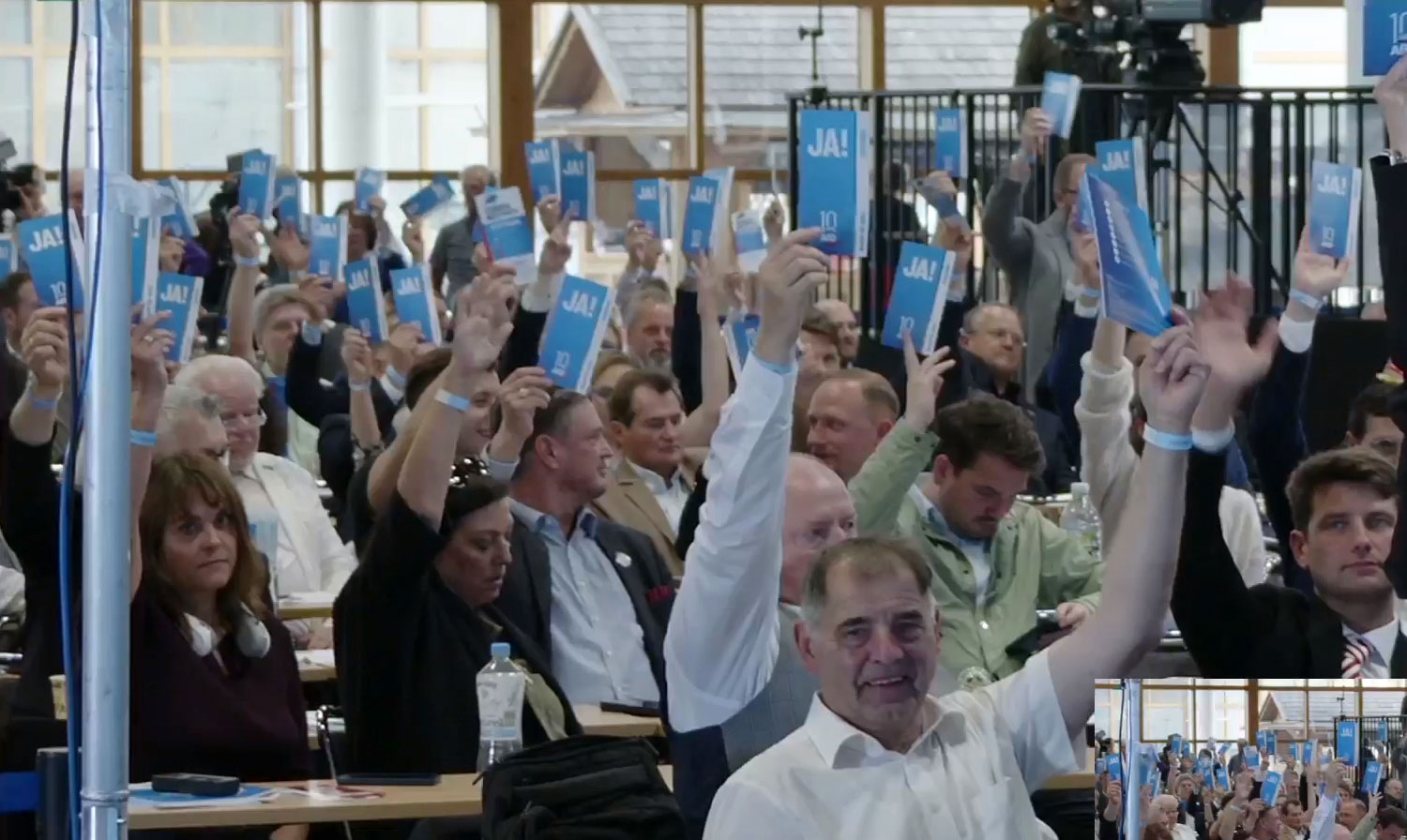
Strong Confidence in German AfD
Alternative for Germany (AfD) held a party conference on July 29-30 to select candidates for the upcoming EU election next year. EU Parliament member Maximilian Krah, belonging to the party's more radical, ethnonationalist faction, was appointed as the top candidate. The party's two spokespersons delivered powerful speeches criticizing the EU's failed migration policy and trade sanctions that isolate Europe and Germany from the rest of the world. They argued that it's time for the EU to return a significant portion of its power to national parliaments. However, they have dropped the demand for Germany to exit the EU.
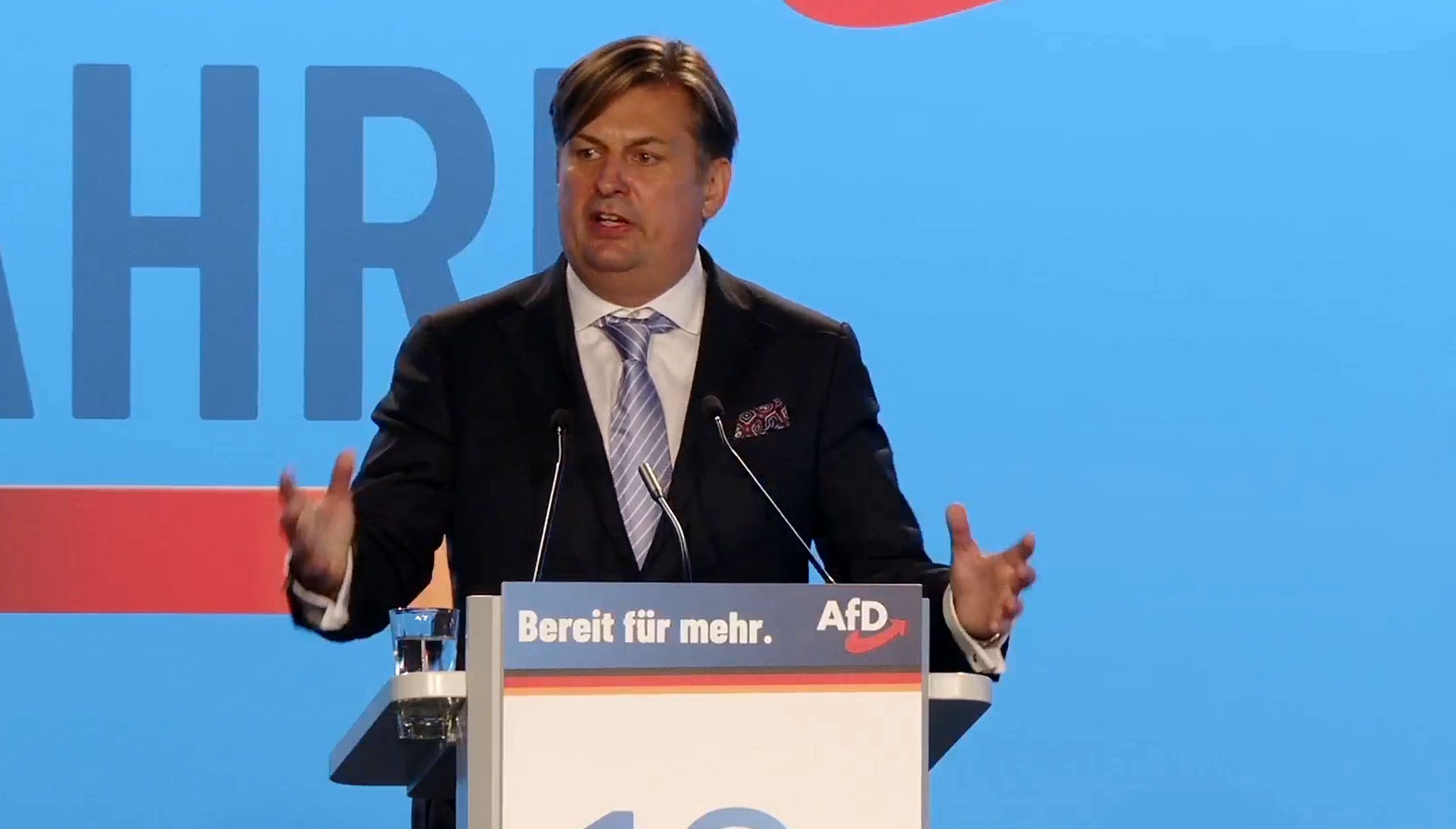
The Establishment Wants to Ban Germany’s Second Largest Party – for the Sake of Democracy
The rising popularity of AfD has raised strong concerns within the establishment. Despite lies and demonization in the media and isolation from the overall political establishment, the party continues to grow. Certain representatives of the party are accused of becoming increasingly "extreme," and in an unusual move, the influential weekly newspaper Der Spiegel demanded that AfD be "banned."

Dutch FvD break through the media blockade
What is happening in the Netherlands? It is often difficult to follow events in other countries, especially when distorted by system media. We give Forum for Democracy (FvD) the opportunity to speak out on the political situation in the Netherlands and the staunch resistance they face in trying to save the country.



One comment
and what will happen when all of these Control Freaks have all the power? there will be nothing left to have control over…..businesses and people will all be destroyed…..then what geniuses?
By submitting a comment you grant Free West Media a perpetual license to reproduce your words and name/web site in attribution. Inappropriate and irrelevant comments will be removed at an admin’s discretion. Your email is used for verification purposes only, it will never be shared.